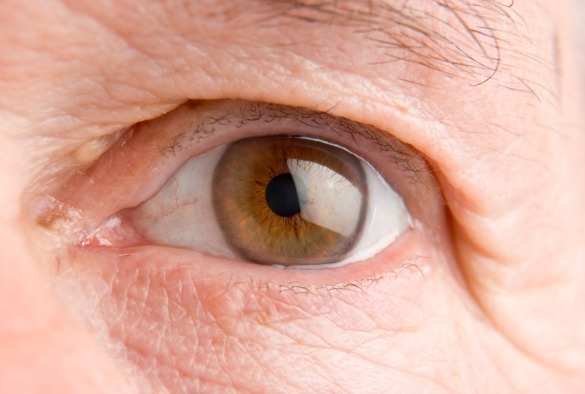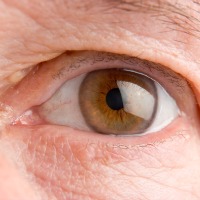
A University led review of the methods available to screen for post-stroke visual impairments has found there is an urgent demand for the development of a tool.
Currently, over 65% of stroke survivors will suffer from a visual impairment while 45% of stroke units do not assess vision.
Visual impairment significantly reduces the quality of life of stroke survivors with many being unable to return to work or drive and in some cases results in depression. The impairments can also have an impact on other people when it is not diagnosed or sufficiently communicated to patients.
Quality of life
Identifying visual impairment after stroke can aid general rehabilitation and thus, improve the quality of life for these patients.
The review, led by postgraduate researcher Kerry Hanna from the University’s Institute of Psychology, Health and Society, examined the available literature about current screening methods to accurately identify stroke survivors with visual impairments.
This included reviews of randomised controlled trials, controlled trials, cohort studies, observational studies, systematic reviews and retrospective medical note reviews.
The review, published in ‘The Journal of Disability and Rehabilitation’ today, found that there is currently no standardised visual screening tool which can accurately assess all potential post stroke visual impairments.
Visual defects missed
Kerry Hanna, said: “The current tools screen for only a number of potential stroke-related impairments meaning many visual defects may be missed.
“The sensitivity of those which screen for all impairments is significantly lowered when patients are unable to report their visual symptoms.
“Future research is required to develop a tool capable of assessing stroke patients which encompasses all potential visual deficits and can also be easily performed by both the patients and administered by health care professionals in order to ensure all stroke survivors with visual impairment are accurately identified and managed.”
The review was funded by the Collaboration for Leadership in Applied Health Research and Care North West Coast (CLAHRC NWC).
The review, entitled ‘Screening methods for post-stroke visual impairment; a systematic review’, can be found here .
